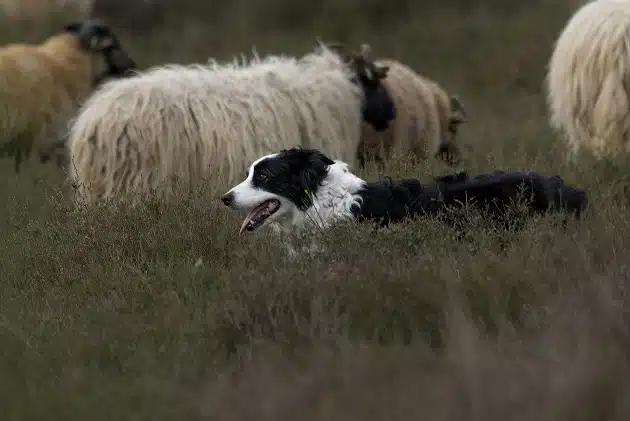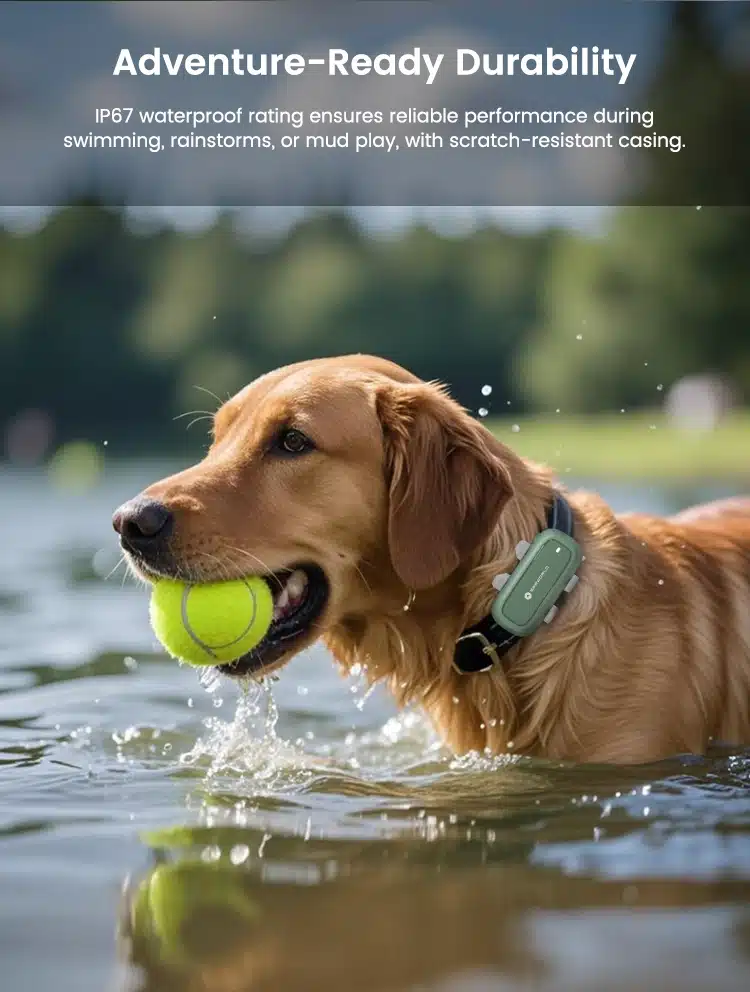When it comes to intelligence, discipline, and drive, few dogs can match the brilliance of herding breeds. Originally bred to manage livestock across open fields and rugged terrain, these dogs thrive on structure and purposeful activity. Whether you’re working a ranch, living on a small homestead, or simply looking for a brilliant and energetic companion, understanding the different types of herding dogs is essential.
In this guide, we explore the most iconic sheepdog breeds, their characteristics, and what makes them some of the best livestock dogs in the world today.
What Is a Herding Dog?
A herding dog is a breed developed to control the movement of livestock, especially sheep and cattle. These dogs use instinctive behaviors like stalking, circling, or barking to keep animals together or move them in a desired direction. Many are considered part of the “pastoral group,” and their intelligence and work ethic are unmatched.
There are various types of herding dogs, from small herding dog breeds that dart quickly around flocks to large herding dog breeds capable of guarding livestock from predators. Regardless of size, the best sheepdogs share key traits: intelligence, high energy, and an intense focus on task completion.
Popular Breeds of Sheep Dogs and Cattle Dogs
1. Border Collie
Known as one of the smartest dog breeds, the Border Collie is the gold standard for herding. This breed of sheepdog is fast, agile, and capable of understanding hundreds of commands. Border Collies are the definition of a working cowdog and thrive in rural environments where their talents are put to good use.
2. Australian Shepherd
Energetic, loyal, and deeply driven, the Australian Shepherd (and similar breeds like the Mini American Shepherd) is ideal for both cattle and sheep. These dogs are particularly well-suited to ranch life and are considered among the best dogs for herding cattle.
3. Australian Cattle Dog (Blue Heeler)
Sturdy and determined, this short-haired herding dog breed is built for tough work. It’s a prime example of a stockdog — able to control stubborn cattle with strategic nips and quick reflexes.
4. Belgian Malinois
Originally bred as a sheepdog, the Malinois has gained popularity in military and police work due to its strength and alertness. Still, it retains the strong instincts typical of large-breed herding dogs.
5. Welsh Corgis (Pembroke & Cardigan)
Don’t be fooled by their size. These small herding breeds are surprisingly agile and effective. They were bred to nip at cattle’s heels and avoid kicks by staying low to the ground.
For a closer look at intelligent breeds that thrive on having a purpose, check out this guide on smart working dogs, including how modern tools support their lifestyle.
Why Herding Dogs Need a Job
Dogs herding sheep or cattle are wired for action. Their minds are constantly seeking direction, and without enough stimulation — both mental and physical — they can become bored, anxious, or even destructive.
Whether you’re living on a farm or simply raising a pastoral dog in a suburban setting, giving them structure is crucial. Activities like agility training, scent work, and even hiking with a GPS pet tracker can help simulate a “job” and keep these dogs balanced.
For example, the P5 Pet GPS Tracker offers peace of mind for active pet owners. When your Border Collie slips out of the gate or your Aussie roams too far on the trail, real-time GPS updates can bring them home faster. Unlike a microchip, which is only helpful after someone finds the dog, GPS trackers provide ongoing visibility, especially useful for high-energy breeds with strong roaming instincts.
Notable Traits of Herding Breed Dogs
| Trait | Description |
|---|---|
| Intelligence | Quick learners are capable of complex tasks. |
| Focus | Extreme task commitment may ignore distractions. |
| Trainability | Respond well to consistent, positive reinforcement. |
| Protectiveness | Strong bond with their people and livestock. |
| Endurance | Built for long days outdoors, often in tough conditions. |
Many of the best sheepdogs are also great family companions — but they’re not for everyone. They demand time, exercise, and mental engagement.
Choosing the Right Sheepdog for Your Needs
Whether you’re looking for a family-friendly sheepdog species or the best ranch dogs to handle tough terrain, it helps to match the dog’s natural abilities to your environment.
Ask yourself:
-
Do I have enough space for a high-energy breed to run?
-
Can I commit to daily training and engagement?
-
Do I want a watchdog, a worker, or a bit of both?
For instance, if you’re deciding between a tech-based safety solution or physical fencing, our article on the cost of invisible dog fences can help weigh your options. Many rural dog owners opt for both — using fencing for boundaries and GPS for real-time tracking.
Tips for Raising a Happy Herding Dog
-
Early Socialization: Start young to prevent over-guarding or nervousness.
-
Consistent Routine: Structure helps reduce anxiety and destructive behaviors.
-
Outdoor Access: These dogs do best with regular off-leash time in a safe space.
-
Mental Stimulation: Use food puzzles, fetch games, or structured training tasks.
If your herding breed tends to wander, especially in wide outdoor spaces, this outdoor pet safety guide includes tips that apply to adventurous dogs too.
Conclusion
From the nimble Corgi to the tireless Border Collie, herding dogs are among the most intelligent and hardworking canines in the world. They’re more than pets — they’re partners, workers, and companions with a deep-rooted instinct to help and protect.
Choosing the right breed of sheepdog is as much about your lifestyle as it is about the dog’s characteristics. With the right environment, structure, and tools like real-time GPS tracking, these incredible animals can thrive — and so can the families and farms they serve.





